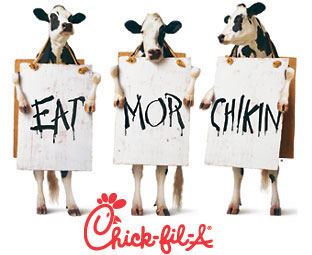But is this color gender specific? One study says that blue is highly accepted among males, but another says it has no gender specificity. Here is an ad that i want each of you to examine and give me your feedback on. There are several messages being presented, and each observer might analyze the gender roles differently. When looking at this ad, try and step away from your initial observations; look at it objectively...
How do you think the advertiser is using blue to relay their message?
Do you think this ad is more appealing to men or women?
Does the blue surrounding accentuate the male or the female?
Here is my personal assessment...
I believe that blue is not a gender specific color in this specific ad. There is a clear purpose, and colors are used to achieve that purpose. To me, the blue in the ad accentuates the man and woman, but in separate ways. His stance gives him power, he has his legs firmly planted, he has his blue power suit on, and you can't see his face, which is another domineering gesture; he is indescribable and yet attractively attainable.
The woman, on the other hand, is not seemingly submissive. Instead she is alluring and identifiable. (Kenneth Burke has some very interesting ideas on identification, and I will delve into that subject in posts soon to come.) The woman has her own power; she is provocative. The blue surrounding her, also reflecting in her glasses, accentuates her as well. She is beautiful, collected and unabashed by this mans stance. She holds power, but in a completely different way than the man.
What are your thoughts? There is no right or wrong answer:)






